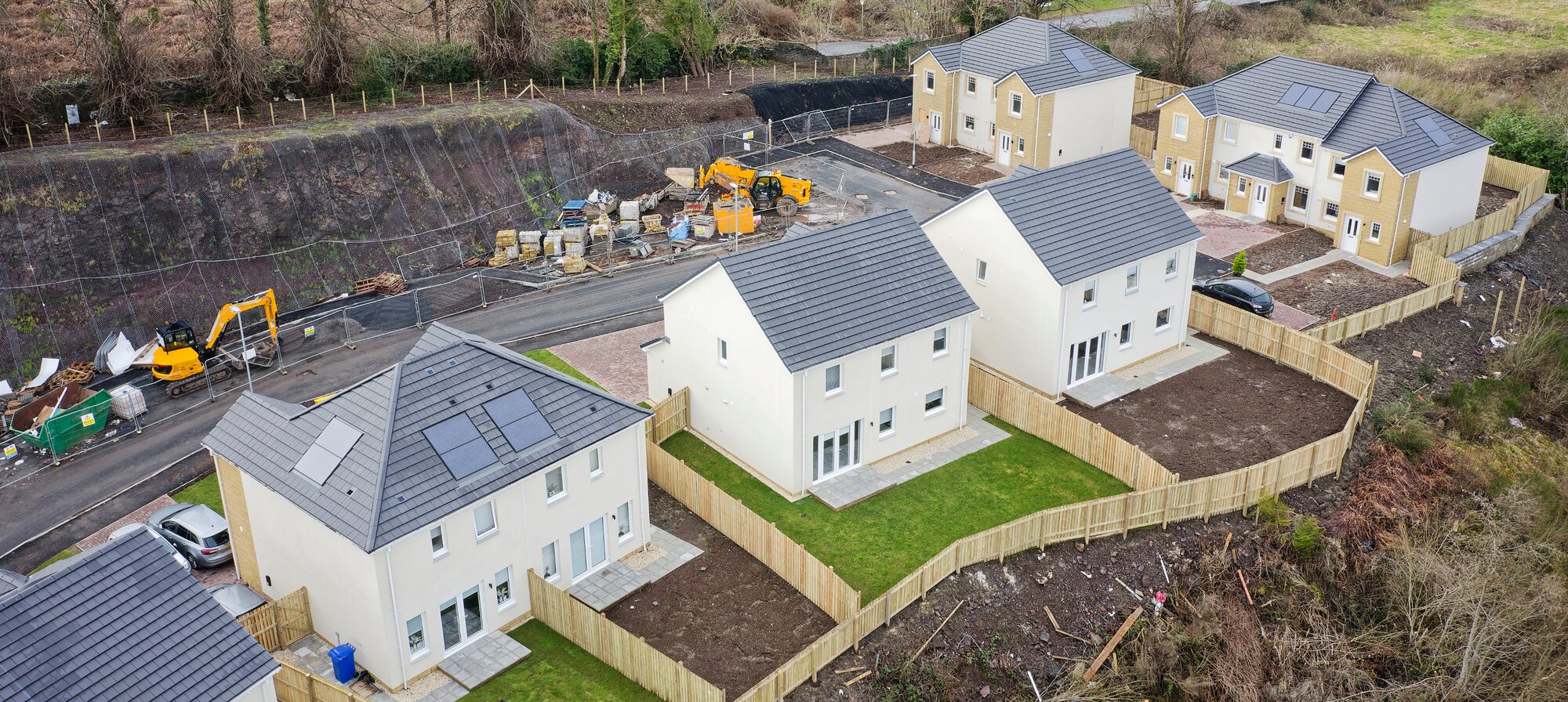How New Communities Help to Lower the Risk of Homeowners Claims

When purchasing a home, one of the key considerations is how to protect your investment. Insurance plays a critical role in mitigating risks, but the environment in which your home is located is equally important.
New communities offer unique collective advantages that help safeguard individual homes, significantly reducing the likelihood of insurance claims. Here’s how the structure and design of new communities contribute to lower risks.
Smart Community Planning
New communities are designed with careful planning that prioritizes safety and risk reduction. Developers consider factors such as drainage, traffic flow, and emergency access.
For example:
- Flood mitigation: Many new communities include advanced drainage systems, retention ponds, and strategic landscaping to reduce flooding risks.
- Traffic safety: Streets are often designed with features like speed bumps, roundabouts, and clear signage to minimize accidents.
- Emergency access: Wide streets and clear layouts ensure fire trucks, ambulances, and police vehicles can quickly reach homes in an emergency.
- Defensible space: New communities often incorporate defensible space planning, which includes clearing vegetation, maintaining firebreaks, and landscaping with fire-resistant plants to create a buffer zone that slows or prevents the spread of wildfires.
These features collectively reduce hazards for individual homeowners, decreasing the likelihood of claims related to flooding, car accidents, or delayed emergency response.
Proximity to Emergency Services
New communities are typically built in areas with close access to fire stations, police departments, and hospitals. This deliberate placement ensures that emergency services can respond quickly when needed, minimizing the damage from fires, medical emergencies, or security threats.
Insurers consider this proximity when assessing risk, often leading to lower premiums and fewer claims for homes in such well-connected neighborhoods.
Reduced Risk of Storm Damage Spread
In new communities, homes and landscaping are often designed to minimize risks during severe weather events like hurricanes or storms. Large trees, which can become dangerous projectiles or fall onto nearby homes, are typically either absent or strategically planted to reduce hazards.
Additionally, newer homes are less likely to have loose parts or deteriorating structures—such as old roofing materials, shutters, or fences—that could become airborne during high winds and damage neighboring properties.
This thoughtful design not only protects individual homes but also reduces the overall risk of widespread storm-related claims within the community, creating a safer environment for all residents.
Enhanced Security Measures
Many new communities prioritize safety with features like gated entries, security patrols, and neighborhood watch programs. Homes may also be pre-wired for modern security systems, including cameras, motion detectors, and smart locks.
These measures deter burglary and vandalism, two common causes of insurance claims. Plus, the presence of a secure community could lead to discounts on homeowner’s insurance premiums.
Community Cohesion
New communities are often designed to foster a sense of belonging among residents through shared amenities like parks, pools, and community centers. This social cohesion encourages neighbors to look out for each other, whether it’s spotting a potential safety issue or helping during extreme weather events.
Conclusion
When you buy a home in a new community, you’re not just investing in a property—you’re also investing in a lower-risk environment.
With improved infrastructure, advanced security, and a strong sense of community, these neighborhoods offer a unique opportunity to reduce the likelihood of insurance claims. For homebuyers and insurers alike, new communities represent a win-win scenario: safer homes, fewer risks, and greater peace of mind.
Visit https://www.hippo.com/partnerships to learn more about how Hippo partners with homebuilder to insure new communities.
Related Articles

Streamlining New Home Closings with Embedded Insurance

The Hippo New Homes Insights Report

Hippo Expands Home Builder Access to New Homes Program in California, Florida and Texas

Master-Planned Communities: The Perfect Fit for Embedded Insurance

Even with Lower Interest Rates, Homebuyers May Still Face Challenges

